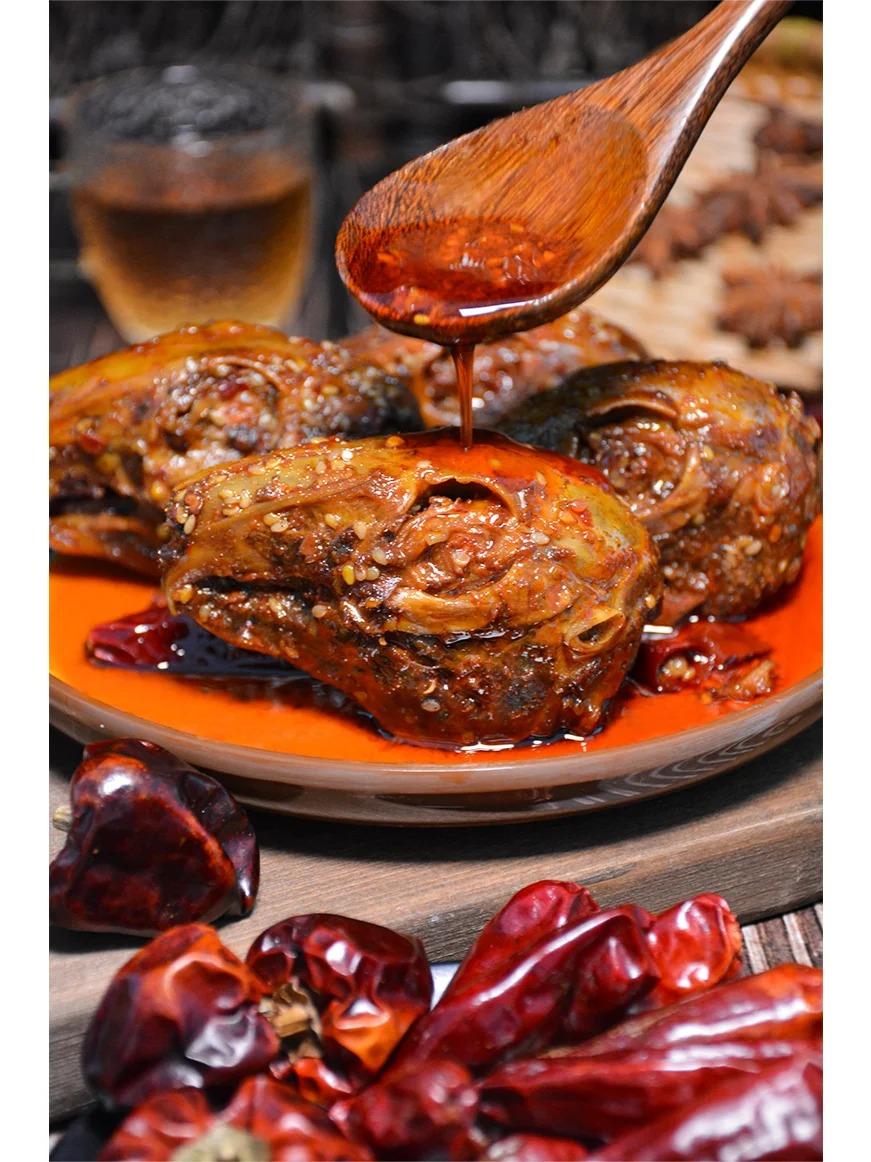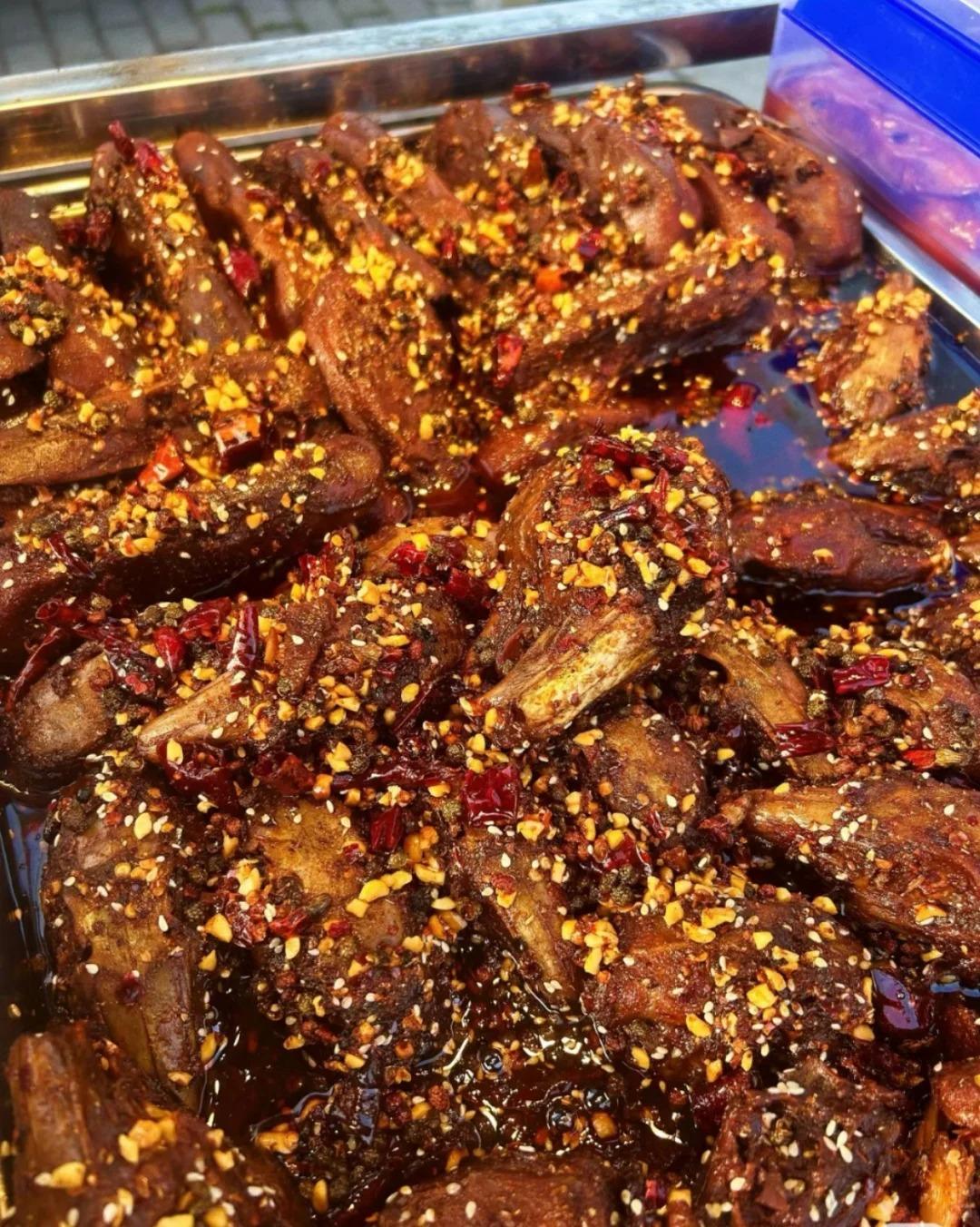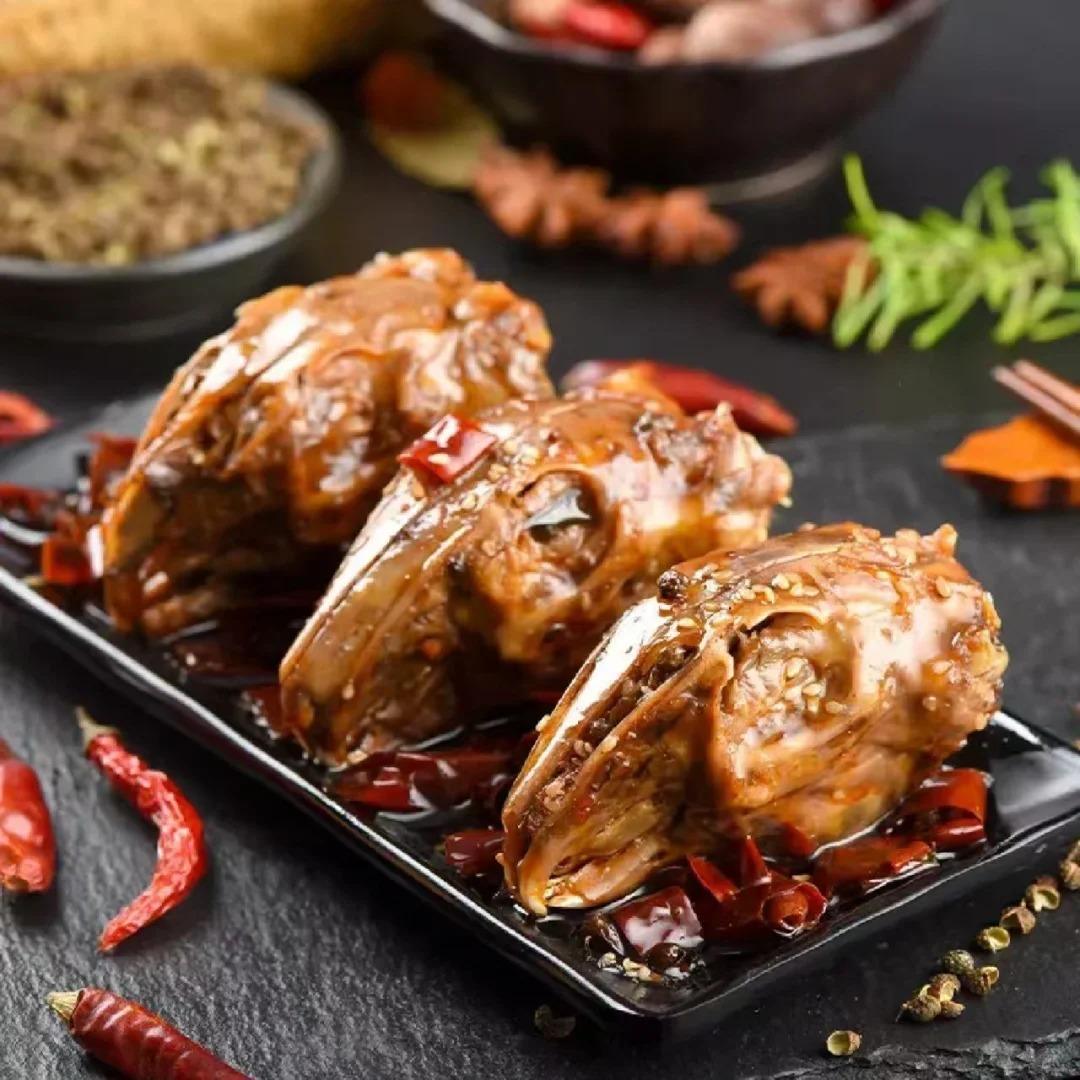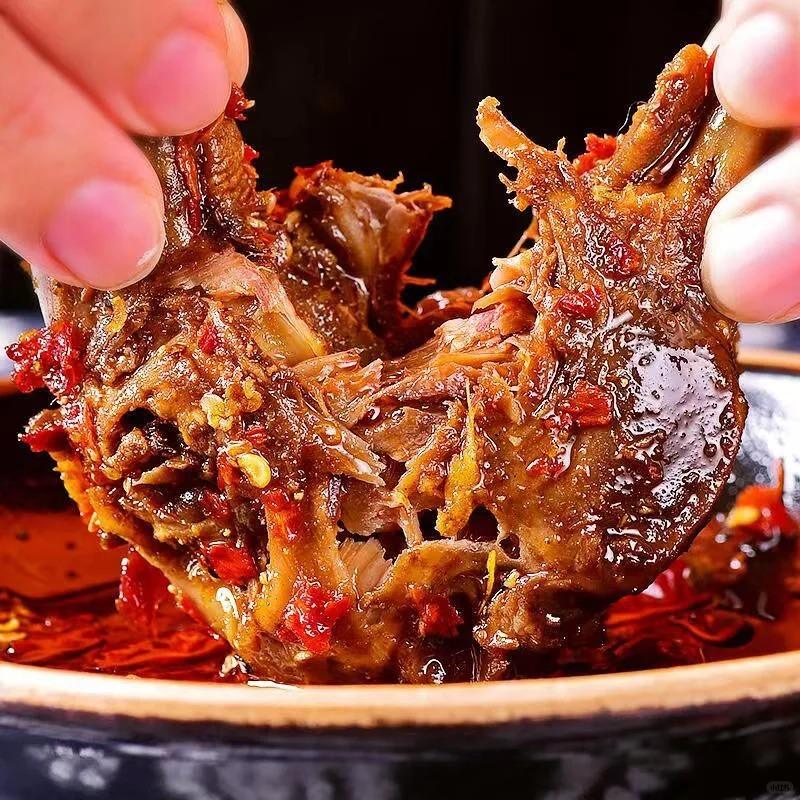Introduction to Rabbit Head Cuisine
In the realm of Chinese cuisine, few dishes spark as much curiosity and controversy as the Sichuan delicacy known as rabbit head. This unique dish, featuring the entire head of a rabbit, has been a staple in Sichuan province for generations.
At first glance, rabbit head might seem intimidating to the uninitiated. Its appearance can be jarring, with the rabbit’s teeth and eyes often intact. However, for many Sichuan locals, it’s a beloved snack that embodies the region’s bold and spicy culinary traditions.
The dish’s popularity has grown beyond Sichuan, becoming a topic of fascination and debate in Chinese food culture. It challenges Western notions of edible parts and showcases the Chinese philosophy of whole animal consumption.

Historical Background
Origins in Sichuan
Rabbit head cuisine originated in Sichuan province during times of scarcity. Peasants, seeking to maximize their limited resources, began consuming all parts of the rabbit, including the head.
From Peasant Food to Delicacy
Over time, what started as a necessity evolved into a cherished delicacy. Chefs in Sichuan refined the preparation methods, elevating the humble rabbit head to gourmet status.
Spreading Popularity
In recent decades, the dish has gained popularity beyond Sichuan. Major cities across China now offer rabbit head, though Sichuan remains the epicenter of this culinary tradition.

Preparation and Cooking Methods
The preparation of rabbit head is an art form in Sichuan cuisine. Here’s a general overview:
- Cleaning: Thorough washing and removal of fur
- Marinating: Soaking in a blend of spices and sauces
- Cooking: Usually braised or steamed
Key ingredients in Sichuan-style rabbit head:
| Ingredient | Purpose |
|---|---|
| Sichuan peppercorns | Provide signature numbing sensation |
| Chili oil | Adds heat and color |
| Garlic and ginger | Enhance flavor and aroma |
Regional variations exist, with some areas preferring milder flavors or different cooking techniques like grilling.
Eating Rabbit Head: A Cultural Experience
Consuming rabbit head is as much about the experience as it is about the taste. Here’s a step-by-step guide:
- Start with the cheeks, considered the most tender part
- Use your teeth to scrape meat from the skull
- Crack open the skull to access the brain, a prized morsel
- Finish with the eyes and tongue, if desired
Etiquette tip: It’s acceptable to use your hands, but provide wet wipes for guests.
Rabbit head is often enjoyed as a social activity, paired with cold beer or baijiu (Chinese spirit). It’s a dish that encourages conversation and shared experience.

Nutritional Aspects and Health Considerations
Rabbit meat is known for its lean protein content and low cholesterol. The head, in particular, is rich in collagen, which some believe benefits skin health.
However, concerns exist:
- High sodium content due to seasoning
- Potential for parasites if not properly prepared
- Ethical considerations regarding animal welfare
Compared to other Chinese delicacies like shark fin soup, rabbit head is more sustainable and affordable.
Where to Try Rabbit Head in China
Chengdu, the capital of Sichuan province, is the best place to experience authentic rabbit head. Popular spots include:
- Guoddaner (锅盔达人): A chain known for consistent quality
- Chengdu People’s Park: Street vendors offer traditional preparations
Outside Sichuan, cities like Beijing and Shanghai now have specialized rabbit head restaurants catering to curious locals and tourists.

Rabbit Head in Modern Chinese Culture
Young Chinese, particularly those born in the 1990s and 2000s, have embraced rabbit head as a trendy food. Social media platforms are filled with “mukbang” videos featuring people eating rabbit heads.
The dish has even found its way into high-end cuisine, with some chefs creating upscale versions using premium ingredients and modern cooking techniques.
Internationally, rabbit head remains largely confined to authentic Sichuan restaurants in Chinatowns around the world. Its unique nature makes it unlikely to gain widespread popularity outside China, but it continues to intrigue food enthusiasts seeking authentic cultural experiences.
As China’s culinary scene evolves, rabbit head stands as a testament to the country’s diverse food culture and ability to transform humble ingredients into celebrated dishes. Whether viewed as a delicacy or a curiosity, it undoubtedly offers a unique window into Sichuan’s rich culinary heritage.






